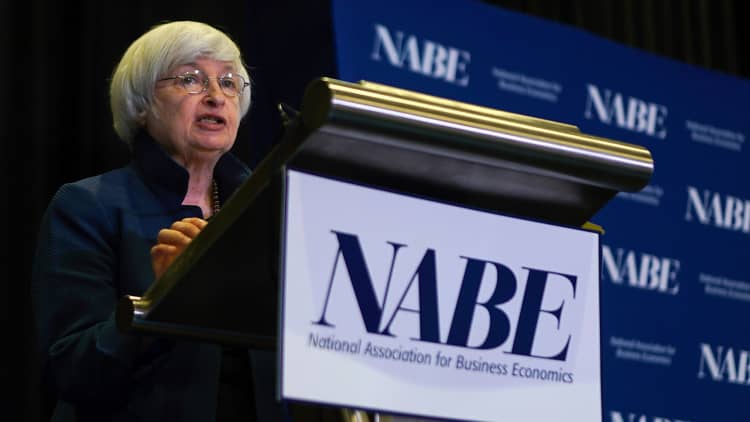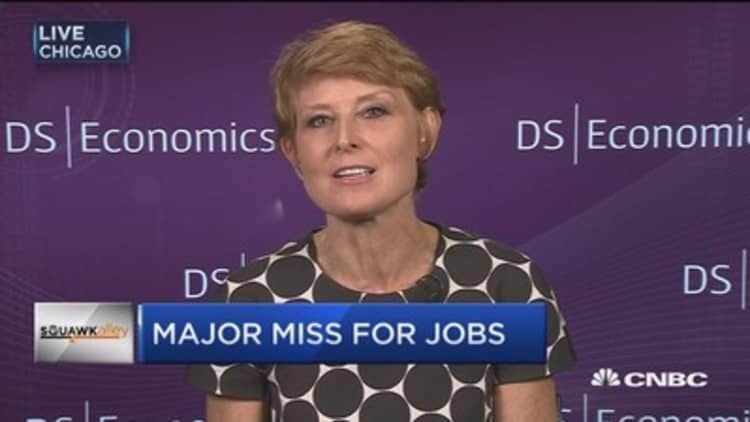
While September's disappointing jobs report may have raised some questions about the economy, it gave the Fed at least a little more certainty about whether it should raise interest rates this year.
The surprise 33,000 decline in nonfarm payrolls was largely written off as a storm-driven anomaly. What has gotten a bit more traction, though, is an acceleration in wage growth, from a middling 2.5 percent annualized gain in August to a more robust 2.9 percent move in September.
Given that the Fed believes 2 percent inflation is healthy, and that the biggest concern has been the lack of wage pressures, the news helps provide some certainty about the pace of growth.
"The FOMC should key in on the lower unemployment rate, and rising average hourly earnings and labor force participation as the signal on whether to raise interest rates again in December," said Scott Anderson, chief economist at Bank of the West. "I expect Federal Reserve officials to maintain their hawkish bent."
That would see the Fed go ahead and hike rates again this year, likely at the December meeting.
Just a month ago, the market considered any more rate increases this year, and well into 2018 for that matter, to be highly unlikely, with only about a 1 in 3 chance. However, after Friday's jobs numbers, the probability jumped again and now sits at 88 percent, according to the CME.
"The combination of a tight labor market and higher earnings increases the odds of additional Federal Reserve tightening and supports the argument for another Fed rate hike this year, likely at the December meeting," said James Ragan, director of individual investor group research at D.A. Davidson.
To be sure, the Fed doesn't watch data in a vacuum.
While wages are important to policymakers on the Federal Open Market Committee, they prefer wider gauges like the personal consumption expenditures and the consumer price indexes. And one month's rise isn't going to drive policy, either.
Instead, the Fed likely will take the wage growth, which also likely was influenced by hurricanes Harvey and Irma, as one positive sign that will have to be corroborated by more data.
"Wage growth is something important to watch, so (the September report) does modestly increase the probability that we're going to get a December rate hike," said Doug Foreman, chief investment officer at Kayne Anderson Rudnick. "I think it's a little early to say it's a slam dunk."
WATCH: On the verge of significant change at the Fed



